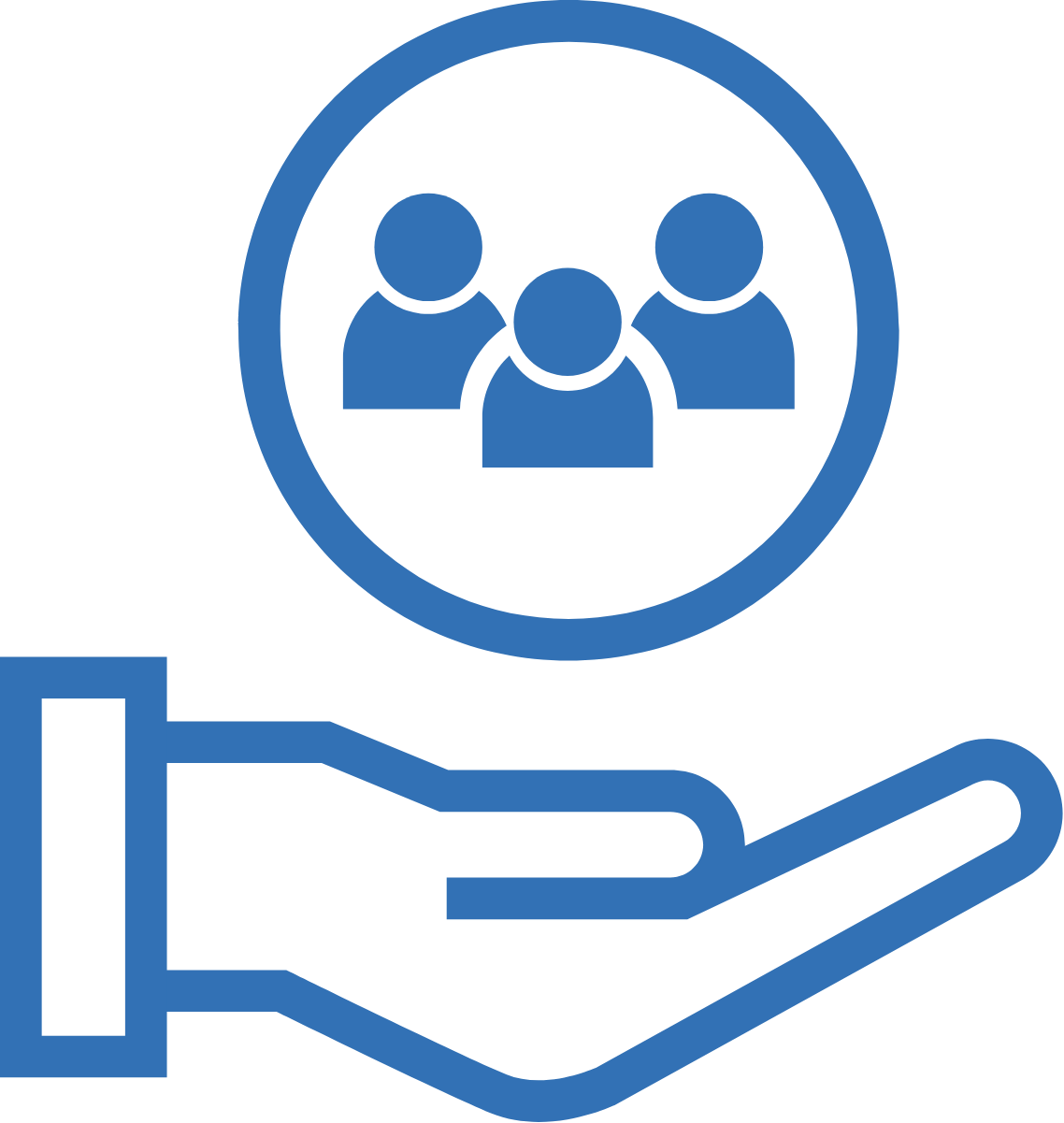Proactive Debt and Operations Restructuring in the New Reality
By Marc Rinaldi, CPA, Partner and Eric Gelb, CPA, Director
The recent economic downturn and coronavirus have forced many business and financial executives and managers to take a 360° look at their business operations and cash flow and then devise a plan to improve operations and profitability and restructure the business.
Many revenue models have changed (e.g., restaurants have changed to delivery and takeout only; supply chains have shut down or slowed). People are working from home, and secondary and tertiary impacts of the downturn might be starting to emerge only now. Will revenue be reduced? Will the cost of goods sold (COGS) increase? What of healthcare costs? Will your cash flow change? And so on.
Backdrop
Companies in transition look to restructure their businesses when a company needs to modify its financial and operational aspects to limit financial distress, stem losses, increase cash flow, and/or improve the business. Typically, when the business is facing significant financial or operating pressure: revenue declines and/or expenses increase. Relief can include: modifying debt or operations; changing the company structure (which can include reducing costs or selling assets or divisions, and ‒ in dire situations ‒ bankruptcy).
Your Business by the Numbers
Whether your business is operating at peak operating and profitability or whether this is a time of crisis, consider these action steps to modify your business and control your cash to improve your profitability and avoid going into default on your debt and other obligations.
Identify the changes in your business. What has changed? Continuing the hospitality example, when the economy opens up and the coronavirus quarantines settle down, will your favorite restaurant still be in operation? Will dining be staggered? Will the proprietor halve the number of tables to enable social distancing. How will that impact revenue and costs? Cash flow? Will the changes be temporary or permanent?
Assess your business plan and your financial results. If your operations have changed permanently or for the foreseeable future, how will your cost structure change? How will your financial results change? Is there a risk you will default on any of your obligations?
Establish goals and objectives and prioritize. Do you want to stay in business, sell out or liquidate? You can assess these options as you refine your analyses.
Analyze your costs and expenses item by item. Run a detailed general ledger for the past 12 months. Print out a detailed trial balance. Break down your costs and expenses into fixed, variable and periodic costs. Rank each cost and expense in light of its importance to your business. Review outstanding purchase orders to determine the requirements to make progress and milestone payments. Do you want to maintain your current real estate configuration? Will your staffing needs change in light of your new operating paradigm?
For CapEx, analyze current and planned projects. Consider whether it’s prudent to defer some projects or cancel them altogether. Analyze whether you can modify your payment obligations.
Analyze your tax position and the timing of any tax payments due or expected refunds and tax credits. The CARES Act has ushered in new programs, tax credits and several changes in the timing of tax payment due dates. You can defer estimated tax payments for the first and second quarter to July 15, 2020. Consult your accountant and other advisors to determine whether you can benefit from reducing estimated tax payments or get a tax refund by taking advantage of a “net operating loss carryback” or other changes in the CARES Act. These steps could generate incremental cash relief.
Update your cash flow forecast in light of the new business model. Include revenue and estimated timing of cash collections; expenses and timing of payment; liabilities and payment requirements; other commitments and the related payment requirements. Do you foresee any defaults ahead? And when?
Prepare updated financial statements and, if helpful or required, notes to the financial statements. Include a list of key assumptions.
Calculate financial ratios and compare them to your loan covenants. Common financial ratios include debt service coverage; fixed charge coverage; total leverage ratio; total liabilities to tangible net worth; and debt to equity. Note any potential breaches of covenants and, therefore, what protective actions you might have to take.
Review your cap table. Capital could include senior vs. subordinated debt; secured and asset-backed debt; preferred stock; convertibles; and common stock. Create a schedule of required payments (debt service, dividends, etc.) and maturity and conversion dates.
Analyze other commitments and obligations. Examples include swap, FX and other counterparty relationships; lease agreements; employment contracts; purchase and supply contracts; capital and construction projects. Do they contain termination rights?
Restructure debt and other obligations to achieve financial relief. Relief can include reducing the interest rate on a debt obligation; payment holidays; extending maturities; principal and debt forgiveness.
Reduce expenses and cash outflows.
Change your business mix. Modify, exit or enter new businesses.
Explore a wind-down – liquidation, general assignment for the benefit of creditors or bankruptcy [Chapter 11 reorganization or Chapter 7 liquidation] to gain additional relief in dire circumstances.
Develop a flexible strategy and be proactive. Communicate clearly and be transparent.
Consult your advisors. Meet with your advisors, credit providers and investors to manage your financial obligations and commitments.
Contact Us
PKF O’Connor Davies can help you restructure your debt and other obligations and realign your business. For more information, please contact either of the following:
Marc L. Rinaldi, CPA
Partner-in-Charge
Financial Services
mrinaldi@pkfod.com | 646.449.6309
Eric Gelb, CPA
Director
Financial Services
egelb@pkfod.com | 914.341.7049








































